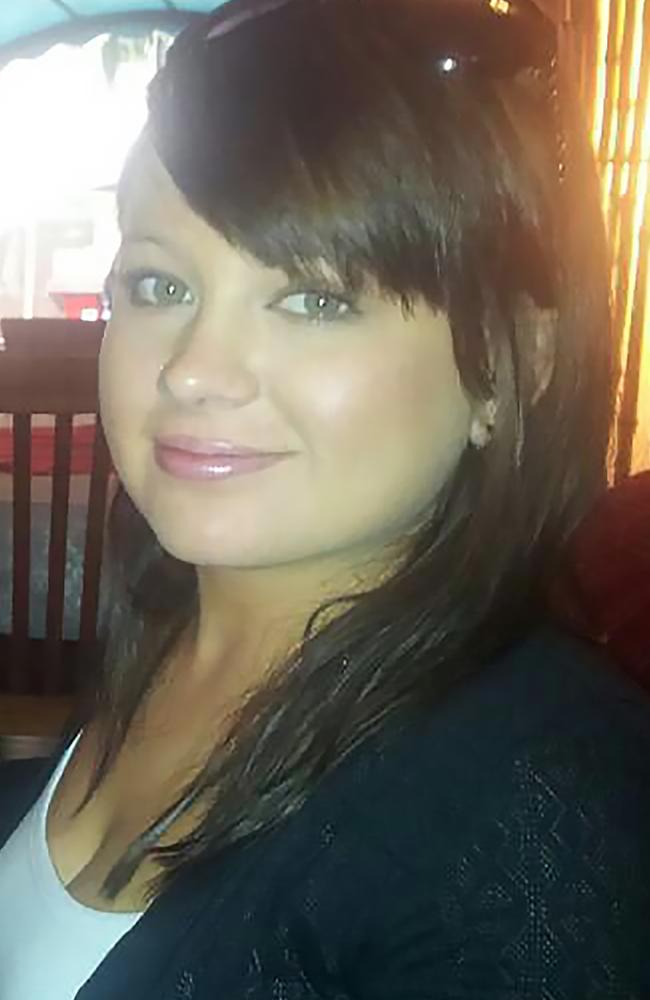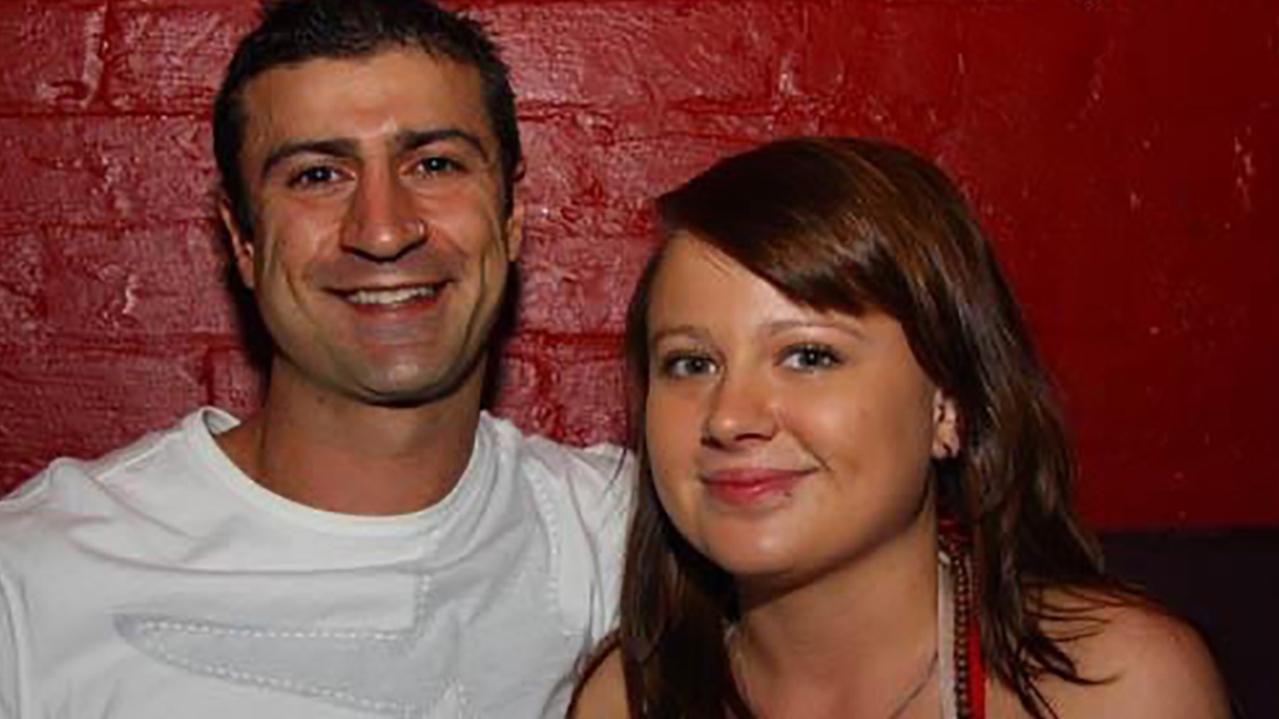DNA testing inquiry turns focus to Shandee Blackburn investigation
The inquiry into Queensland’s DNA testing has restarted, with evidence suggesting the possibility of a major flaw in the investigation into the murder of Shandee Blackburn.
Police & Courts
Don't miss out on the headlines from Police & Courts. Followed categories will be added to My News.
Flawed extraction methods may have led to key DNA evidence on the body of murdered Mackay woman Shandee Blackburn being missed, an inquiry into the Queensland state-run forensics lab has heard.
The 23-year-old was brutally stabbed and killed on a street in February 2013, in the early hours of the morning while working home from work. Her murder has never been solved.
Questions had been raised about why little to no DNA was detected by the lab during the investigation, despite samples being taken of “blood evidence” which appeared to have been present.

Whistleblower DNA expert Kirsty Wright fronted the final days of the Commission of Inquiry into the Forensic DNA testing in Queensland, and described revelations of the lab’s failings as “one of the worst forensic disasters in the world”.
Ms Wright’s work exposing testing problems at the lab, including with regards to Ms Blackburn’s case, led Premier Annastacia Palaszczuk calling for the inquiry in June.
On Thursday the inquiry heard evidence that given the extraction methods, and the potential for the DNA samples to have been compromised, there may have been DNA on Ms Blackburn’s body which was never detected.
“It’s not possible to conclude that the offender’s DNA was not on Ms Blackburn’s body or clothing,” Commissioner Walter Sofronoff said.
“It’s not possible to conclude that Ms Blackburn’s DNA was not present in the car of the person who had been suspected of killing her.
“That is to say – it’s not correct to say there was no DNA.”
The inquiry heard one method of extraction used by the Queensland lab involved with the investigation was providing as much as three times the level of DNA as a “multi-probe” extraction method – yielding different results.
“The results between the two different methods of extraction in use at the lab are so stark, it appears indicative of a systemic issue with the functioning of the lab,” Counsel assisting Laura Reece said.

Concerns were also raised about methods Queensland Police had used to lift blood samples from the concrete gutter near where Ms Blackburn died.
Ms Blackburn’s ex-boyfriend John Peros was charged with her murder, and later found not-guilty. A subsequent coronial inquest found he was responsible for her death. He maintains his innocence.
The inquiry heard a 70 per cent ethanol “wetting” agent was applied during the lifting of samples, when previously only pure water had been used. The inquiry was told this was not usual practice.
Images of a car owned by Mr Peros were also presented to the inquiry, which showed large amounts of luminol – an agent used to potential find blood – appearing to show a large amount of a substance which could be blood.
But subsequent tests did not identify blood in the car – or any DNA.
Another sample at the crime scene from a fresh pool of yielded a DNA result shortly after Ms Blackburn’s murder, but later testing of the spot at the scene could not produce a DNA result.
Dr Wright said it was imperative samples and evidence Ms Blackburn’s case were re-examined, along with thousands of other cases.
“(Her family) just want to know what happened to Shandee,” she said.
“We did get some answers today, but unfortunately there’s still more questions.
“It might be because of the poor processing of the laboratory for physical flow and extraction methods, that any evidence that may have been available to identify the offender might have been lost.
“We simply don’t know. I think that’s heartbreaking for the Blackburns.”
Shandee’s mum Vicki Blackburn and sister Shannah both attended the inquiry, with Vicki saying she was “relieved to be here”.
“We do get a chance to find out what really happened,” she said.
“We knew that things had gone wrong. So just to find out exactly what had gone wrong those few details filled in some blank spaces.”
Vicki also said it was clear form the evidence presented to the inquiry there had been multiple levels of failures, but she hoped her daughter’s killer would be caught.
“It’s what we hope, that’s what always wanted,” she said. “Not just for us, but I think any person with that kind of capability is not someone you want free on the streets.”
Dr Wright also called for a commission to be set up to cope with the overload of cases which will need to be re-examined, given the alarming evidence the inquiry has heard.
“What we’ve heard over the course of the inquiry is potentially thousands of cases that have been negatively affected by this unprecedented DNA catastrophe,” she said.
“I don’t think it’s reasonable that a task force for within Queensland Health can appropriately address these issues. So what I’m calling for on behalf of the victims that have been affected by this disaster is a commission to be set up to do three things.
“One to appropriately identify cases that should be investigated further. Secondly to review that those samples DNA samples have been appropriately and thoroughly tested.
“And third, to make sure whatever the results arise from those, that there’s some recommendations to the DPP about how to progress those in the judicial setting, but also, it may require reforms to be made so recommendations to the Attorney-General.
“We may have seen both acquittals, we might have seen things that the justice system simply just hasn’t encountered before”
Dr Wright said “there’s no playbook” for this kind of wide-ranging disaster.
“So we need an independent body with independent scientists, independent investigators, and lawyers, hopefully, run by a retired judge to be able to look into this and it could take many years, but I really think that the victims deserve an opportunity for justice.”
Commissioner Sofronoff is due to provide his final report to the government by December 13.





